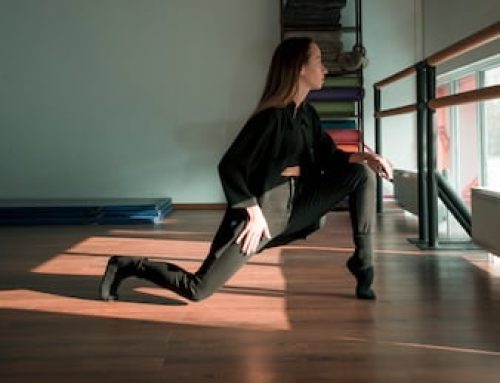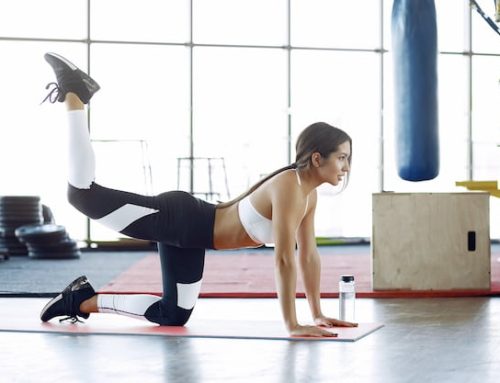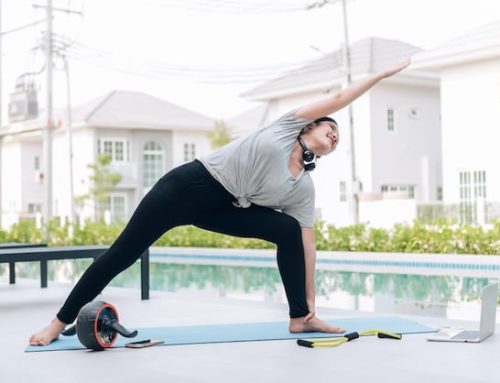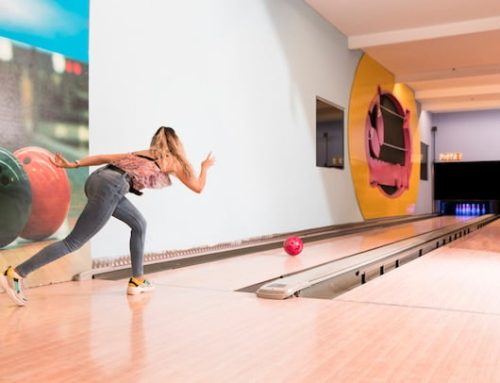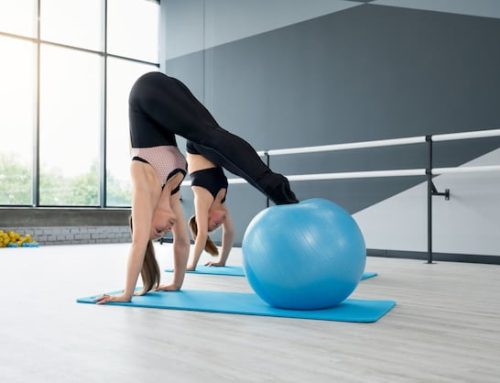The Importance of Balance Board Training
Balance Board training is a type of exercise that is focused on developing balance, stability, coordination and overall fitness. It involves the use of a specially designed board to help improve your balance, stability, and dexterity. The main goal of balance training is to improve your overall fitness and athletic ability, but it also has many other benefits. In this article, we will explore the different types of balance board training and its advantages.
What is Balance Board Training?
Balance board training is a type of exercise that involves standing on a board that is designed to simulate different surfaces like sand, water, or ice. It requires the body to respond to the instability of the board and continuously adjust its balance, which trains your brain and muscles to improve your sense of balance and stability.
Types of Balance Board Training
There are several types of balance board training, including the following:
- Wobble Boards
- Rockers
- Roller Boards
- Balance Trainers
- Air Discs
Benefits of Balance Board Training
- Improved Balance and Stability: Balance board training helps to improve your balance and stability, which translates into better performance in athletic pursuits and reduces the risk of falls in everyday life.
- Increased Coordination: Balance board training improves your coordination and reaction times, which is beneficial in many sports, and can even help prevent injuries.
- Core Strength: Balance board training requires significant core activation, which strengthens your core muscles, improves posture, and reduces low back pain.
- Rehabilitation: Balance board training can be used for rehabilitation purposes to help individuals recover from injuries or surgeries, especially related to the lower extremities.
Who Can Benefit from Balance Board Training?
Balance board training is suitable for anyone looking to improve their balance and stability, but it is especially beneficial for athletes and individuals in the following categories:
- Older Adults: Balance board training can help improve balance and reduce the risk of falls in older adults.
- Athletes: Balance board training can enhance performance in athletes, especially snowboarders, surfers, skateboarders, and other board sports.
- Individuals with Injuries: Balance board training can be used for rehabilitation purposes to help individuals recover from injuries or surgeries, especially related to the lower extremities.
Balance Board Training Exercises
Balance board training exercises can be challenging, but they are also fun and engaging. Here are some examples of balance board training exercises:
-
- Single Leg Balance
- Side to Side Movement
- Clock Reach
- Foot Tap
- Squats
How to Choose a Balance Board
There are many types of balance boards available on the market, so choosing the right one can be overwhelming. Here are some factors to consider when choosing a balance board:
- Level of Difficulty: Choose a board that is suitable for your fitness level. If you are a beginner, choose a board that is easy to use.
- Type of Board: Choose a board that is suitable for your goals. Wobble boards are better for improving balance, while roller boards are better for training coordination.
- Price: Balance boards come in different price ranges. Choose one that fits your budget.
- Brand: Choose a reputable brand that offers good quality and durability.
Conclusion
Balance Board Training is an excellent way to improve your balance, stability, coordination, and athleticism. It is suitable for everyone, from athletes to older adults and individuals recovering from injuries. When choosing a balance board, consider its level of difficulty, the type of board, price, and brand. Incorporate balance board training exercises into your training routine and enjoy the benefits of improved balance and stability.

